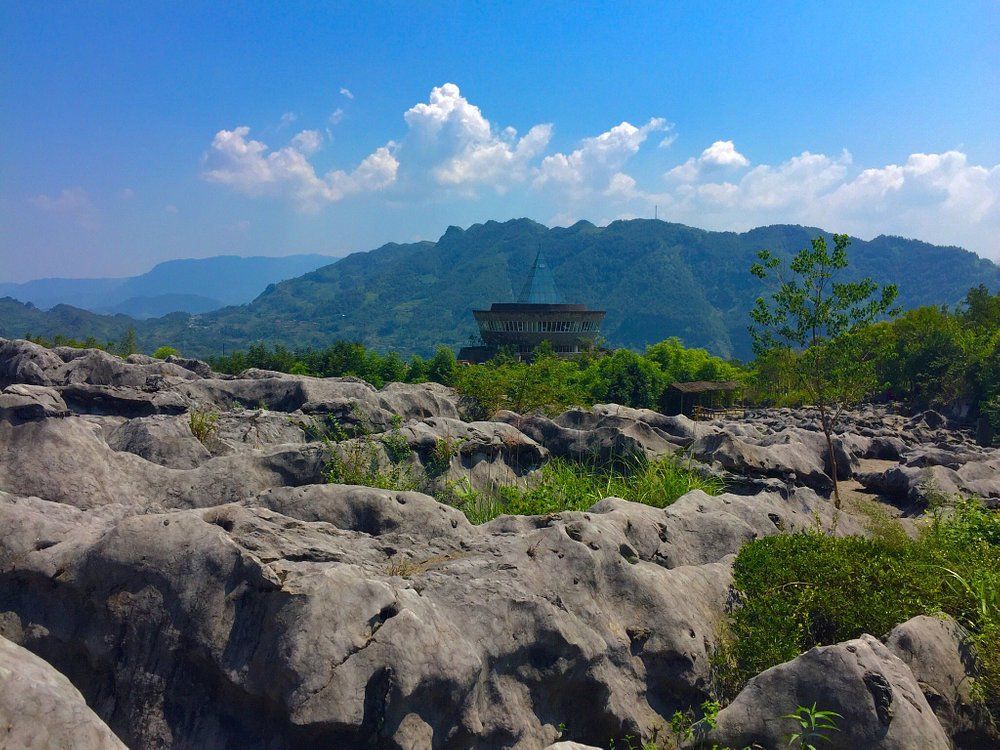
Xingwen Stone Sea is a UNESCO Global Geopark in Sichuan, China, renowned for its spectacular karst landscapes, including the world's largest funnel (650m long, 490m wide, 208m deep), vast stone forests, and over 260 underground caves like the Tianquan Cave. Dubbed a "Karst Museum," it showcases 490–250-million-year-old geological formations, Miao ethnic culture, and adventure activities like cave rafting. A must-visit for geology enthusiasts and nature lovers.

The Hani Rice Terraces in Yuanyang, Yunnan, are a UNESCO World Heritage Site showcasing 1,300 years of harmonious coexistence between humans and nature. Carved into the Ailao Mountains, these terraces span 160,000 acres with up to 3,700 tiers, blending breathtaking landscapes with sustainable farming practices of the Hani people.

Lijiang Old Town, a UNESCO World Heritage Site in Yunnan, China, is an 800-year-old ancient town renowned for its well-preserved Naxi ethnic culture, intricate waterways, and stunning backdrop of Jade Dragon Snow Mountain. With cobblestone streets, wooden architecture, and vibrant nightlife, it offers a unique blend of history and natural beauty.
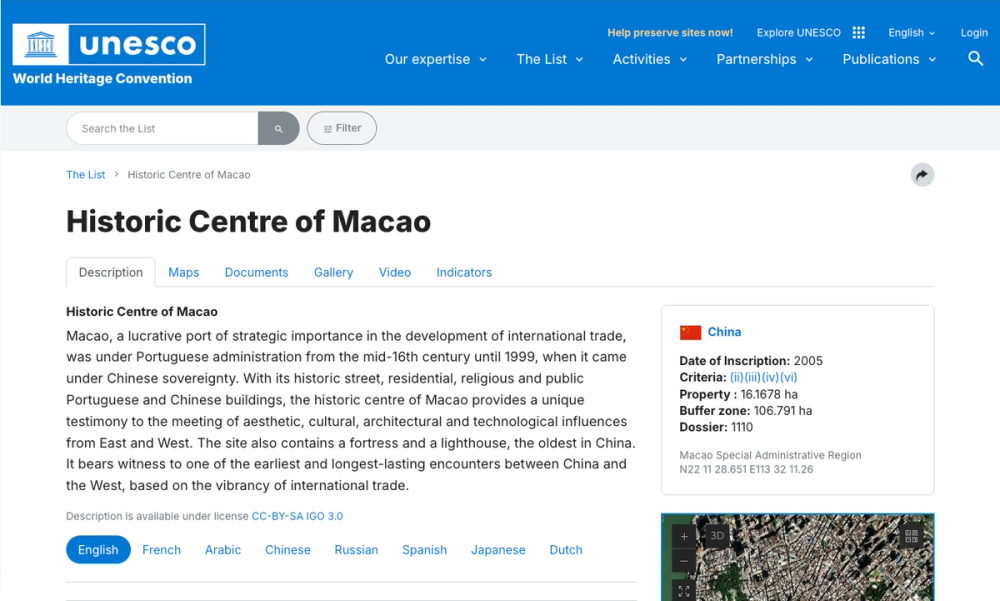
The Historic Centre of Macao is a UNESCO World Heritage Site featuring 22 historic buildings and 8 interconnected squares that showcase 400+ years of Sino-Western cultural exchange. Highlights include the Ruins of St. Paul's, A-Ma Temple, and Senado Square, blending Portuguese-colonial architecture with Chinese traditions.
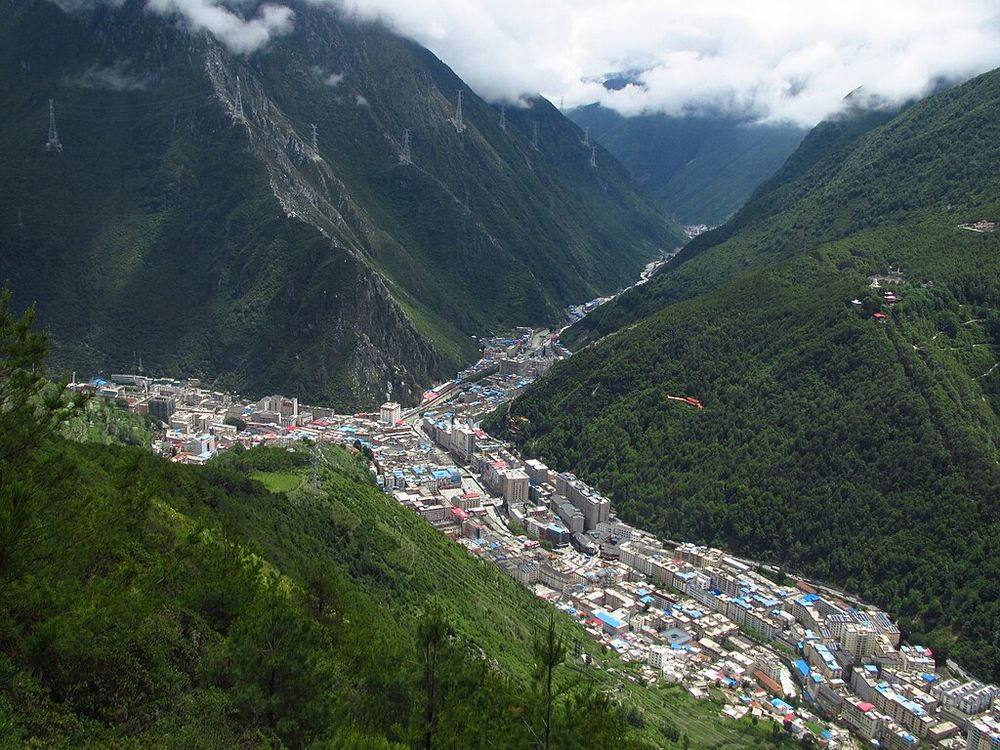
Kangding, the capital of Ganzi Tibetan Autonomous Prefecture in Sichuan, is a cultural crossroads at 2,600m altitude. Known as the gateway to Tibet, it blends Han and Tibetan cultures with landmarks like the Kangding Love Song Square and nearby Gongga Mountain (7,556m). A historic Tea Horse Road hub with hot springs and alpine scenery.

Mount Emei, one of China's Four Sacred Buddhist Mountains, is a UNESCO World Heritage Site in Sichuan Province. Renowned for its 3,099-meter Golden Summit, lush biodiversity (5,000+ plant species), and ancient temples like Baoguo and Wannian, it blends spiritual significance with natural wonders like sunrise clouds and the "Buddha’s Halo."

The Leshan Giant Buddha, a 71-meter (233 ft) stone statue carved into a cliff at the confluence of the Minjiang, Dadu, and Qingyi rivers in Sichuan, China, is the world’s largest seated Buddha. Built from 713 to 803 AD to calm treacherous waters, it combines Tang Dynasty artistry with ingenious drainage systems and remains a UNESCO World Heritage Site.
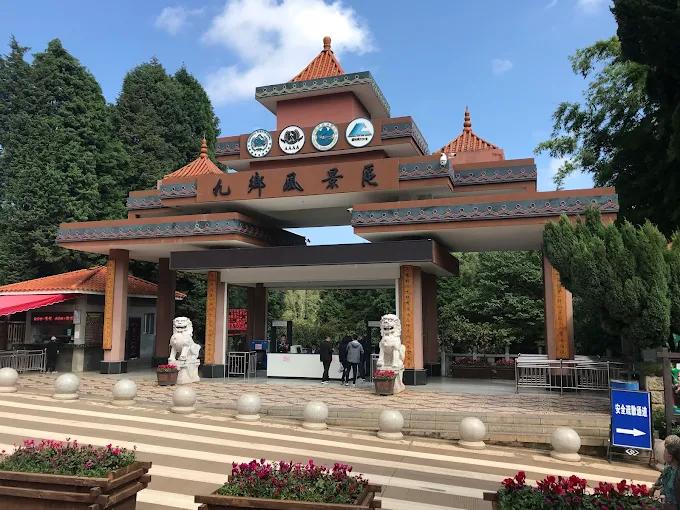
Jiuxiang Caves (九乡溶洞), part of the UNESCO-listed South China Karst World Heritage Site in Yunnan, features a famous karst cave system with over 100 caverns formed over hundreds of millions of years. Highlights include the 30-meter-tall Twin Waterfalls, blind fish species, and the thrilling Soul-Startling Gorge. It is a must-visit destination often paired with the nearby Stone Forest.
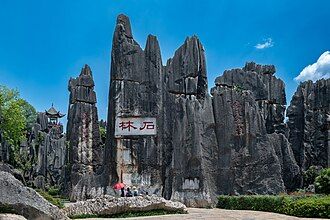
Stone Forest in Kunming, Yunnan, is a UNESCO World Heritage Site featuring 270-million-year-old karst formations. Known as the "First Wonder of the World," its towering limestone pillars, ethnic Yi culture, and iconic "Ashima" legend attract millions. A must-see for geology enthusiasts and photographers.